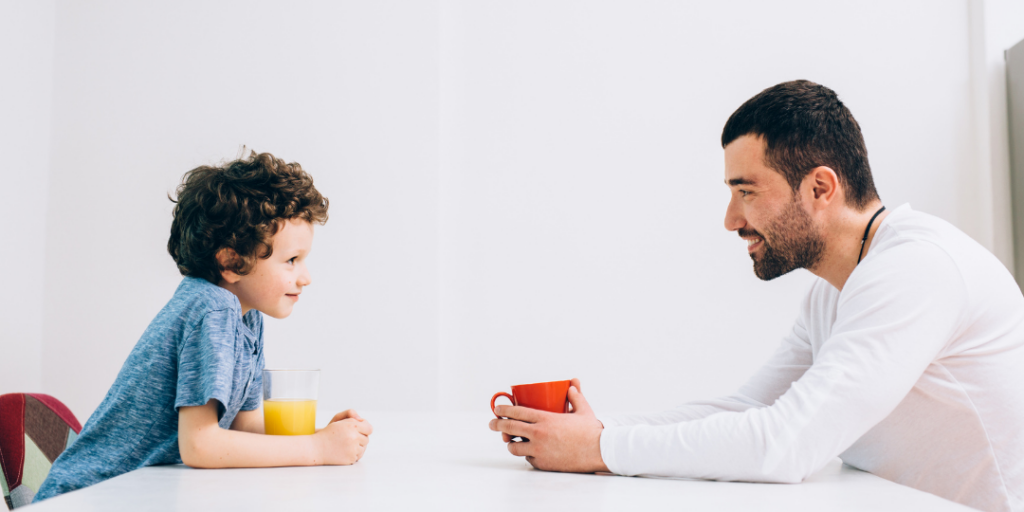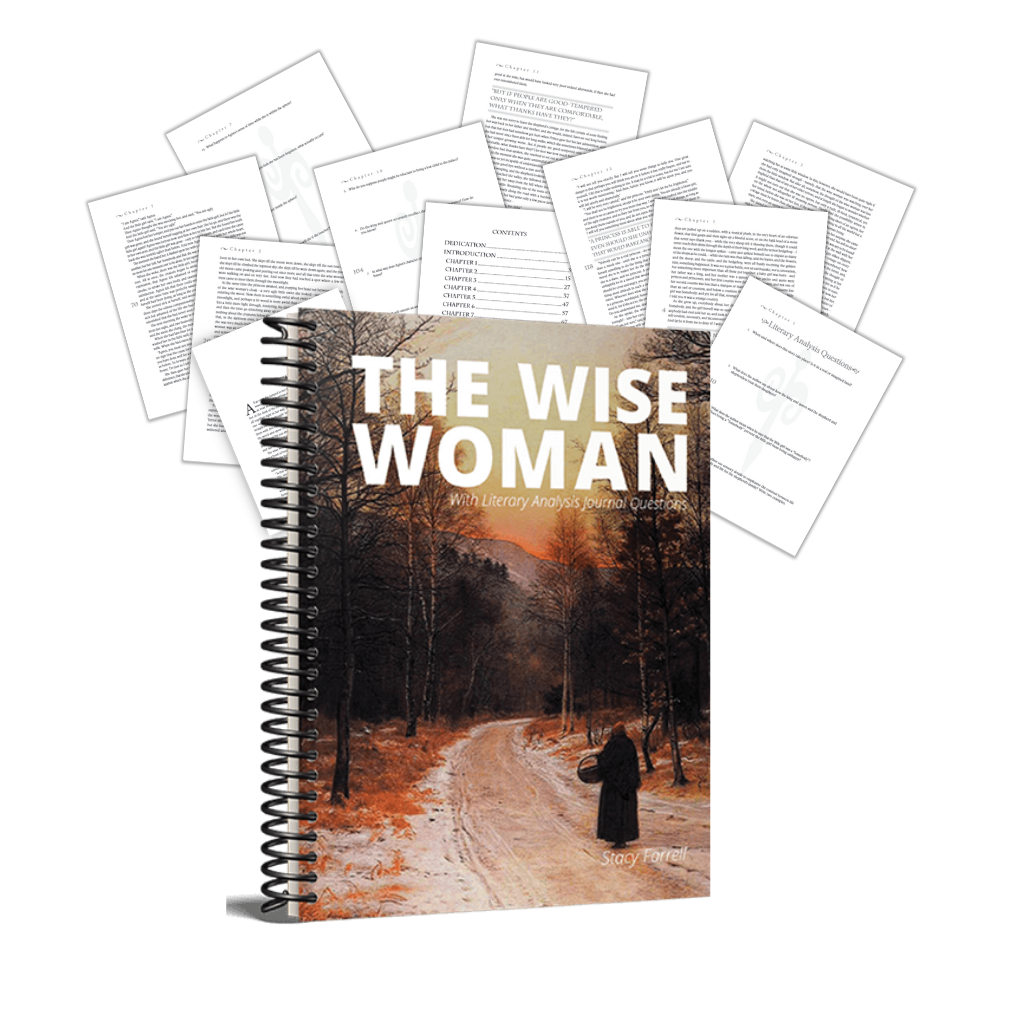As with any learned trait, responsibility requires training and practice.
If you are in the midst of teaching responsibility, I want to encourage you with a simple reminder:
The responsibility training you do today will reverberate through generations—and it is a wise investment.
I thought a post with some practical ways to teach responsibility would be helpful as we all endeavor to train our children well.
Our Role as Parents in Teaching Responsibility
Have you ever considered why it is so important to teach responsibility?
When you teach your children to be responsible, they are more likely to take ownership of their choices and actions.
It’s a fading trait in our culture today, but we as parents, have the opportunity to change that.
It’s easy to blame someone else when things go wrong, but the child who takes responsibility for his or her actions is the child who will grow into a fruitful, responsible adult.
We all know someone who acts irresponsibly, and we can see how those poor choices affect all aspects of his or her life.
The flip side of that coin is also true. The person who acts responsibly tends to enjoy great success in many areas of his or her life.
For children, being responsible may first start bearing fruit in their schoolwork and family relationships.
But over time, those benefits will bless them as an employee, as a spouse, and perhaps even as a parent someday.
Teaching Rights vs. Responsibilities
It is vitally important to make sure children know the difference between rights and responsibilities.
As the Declaration of Independence proclaims:
“We hold these truths to be self-evident, that all men are created equal, that they are endowed by their Creator with certain unalienable Rights….”
Everyone has rights given by our Creator. And if you live here in America, you also enjoy rights protected by our Constitution—at least for now, but that’s a topic for another day….
In a sense, rights are owed to you. And responsibilities can be thought of as what you “owe”—both for your own benefit and for the benefit of those around you.
They vary by age as well as by individual family dynamics. For instance, younger children can be responsible for putting their dishes away and picking up their toys.
As children grow older, their responsibilities should grow with them.
Speaking of growing, let’s talk about ages and expectations.
At What Age Can Kids Learn Responsibility?
We are all born with a sin nature, so responsibility isn’t something that comes naturally to most of us.
It needs to be taught and practiced, preferably at a young age.
As soon as a child is old enough to put a book back on the shelf or clean up their blocks, he or she is old enough to learn about responsibility.
Of course, when teaching responsibility at home, our expectations need to be reasonable and age-appropriate.
There is no magic number that makes a child ready to handle a certain level of responsibility.
When training younger kids, the idea is to simply show that behavior matters and actions have consequences.
From there, use your God-given discernment to determine when and how to introduce more significant responsibilities.
Tips for Teaching Responsibility to Students by Age Group
Children need clear guidance regarding their responsibilities.
They also need to experience “cause and effect” as it relates to responsible and irresponsible behavior.
My overarching advice is to be consistent with age-appropriate consequences and to help your children effectively learn from their mistakes.
Whether in the homeschool setting or broader day-to-day living, investing time in teaching accountability and responsibility is time well-spent.
Let’s look at some ways to teach responsibility that are both fruitful and fun.
Preschoolers Through Kindergarten
Lectures don’t quite make the cut at this age, do they? To reason with a 4-year-old is to experience the ultimate exercise in futility.
That doesn’t mean they get a pass.
Now is the time to lay the foundation that future lessons in responsibility will be built upon.
Old habits may die hard, but new habits developed at an early age can thrive for years to come.
I encourage you to capitalize on this developmental stage while you have the opportunity.
Fortunately, there are some fun, effective ways to help preschoolers and kindergarteners learn how to become more responsible.
In fact, this is a great age to engage children in activity-based lessons.
1. Teach Through Games
What better way than games to teach responsibility at this stage?
You can make a game out of everyday chores such as sorting toys that need to be put away.
Kids can make piles of blocks, dolls, and books then put them where they belong—books on the shelf, blocks in the bin, and so forth.
2. Incorporate Physical Activity
We all know young kids love to be on the move, so consider teaching responsibility through physical activity.
A great project to keep little ones engaged is a small garden. They’ll learn the importance of nurturing and caring for plants and experience the joy of watching them grow.
If you choose to start a garden, select seed varieties that grow quickly like radishes and marigolds.
There’s nothing like day-to-day changes to keep young minds (and short attention spans) interested.
3. Use Visual Aids
Children at this age need almost constant reminding and reinforcement.
Visual aids can be especially helpful. Try to incorporate charts that demonstrate manners, doing chores, or being polite. All of these fall under the umbrella of personal responsibility.
We actually have a good manners chart that you can download and print for free below:
Elementary Students
Teaching responsibility to elementary students involves a lot of “show and tell” and leading by example.
While it’s important to still engage them in activities and topics they enjoy, don’t be afraid to start challenging their comfort zone.
1. Model What Responsibility Looks Like
If we want our children to behave responsibly, we need to show them what that looks like lived out in everyday life.
We all know “do as I say, not as I do” doesn’t suffice.
Whether we like it or not, they are watching us. What sort of example will they see?
I want my children to be truthful, so I strive to be honest in all things. I want them to complete their chores, so I try to be diligent in my own duties.
2. Read Books That Teach Responsibility
Books can be excellent teachers. Look for options with themes that involve helping others, being a friend, managing money, and serving your community.
A good book that demonstrates responsibility can be a springboard for interesting discussions about responsible behavior.
One of the greatest character-building stories I’ve ever read is The Wise Woman:
Discover STorybook Character Training
Includes built-in discussion questions to help contrast the ugliness of pride, selfishness, and conceit with the beauty of humility, sacrifice, and compassion.
3. Equip Them with the Proper Tools
As adults, we would never try to hang a shelf without nails or screws. Our children need to be equipped for the tasks they face as well, and that responsibility falls on us.
For example, if you want your children to complete their morning chores by 10 a.m., make sure they have a watch or wall clock to keep track of time.
Organizational tools, such as file folders, desk organizers, or pencil boxes, can help them keep their study area tidy.
I’m sure you, like me, have experienced a time when you couldn’t complete a task because you lacked what you needed.
We can alleviate that stumbling block for our kids and encourage joy in behaving responsibly by equipping them with the right tools.
Middle School Through High School
In general, teenagers are ready to take on larger, more impactful roles in being responsible.
They are rapidly progressing towards adulthood and practicing more independence. So when you’re teaching responsibility to high school students, be mindful of how quickly they will soon be on their own.
I know that’s hard to think about, especially for us Mommas.
Let’s look at ways we can prepare them to be ready, responsible adults.
1. Discuss Real-Life Consequences of Irresponsible Behavior
At this age, irresponsible behavior can lead to devastating consequences. It’s important to discuss such things no matter how hard the conversation may be.
For example, distracted driving can result in serious injury, death, or major legal problems.
Not all conversations have to be that dramatic though.
For instance, if your student aspires to go to college, he or she needs to realize that poor grades can seriously undermine that goal.
2. Create Opportunities to Practice Responsibility at Home
Make a plan with your teen to identify some responsibilities they can handle at home.
Whether it’s maintaining the yard, driving siblings to their activities, or making sure the kitchen is clean after supper, it’s important to instill responsible behavior in a setting that can be monitored and adjusted if needed.
3. Help Them Establish Healthy Habits
This can include anything from what they eat to how much they sleep.
If your teenager doesn’t understand the role that food plays in their health, try dedicating some time to nutrition studies.
Cook together, and let them help you make supper on the weekend.
That said, good habits go beyond diet and nutrition. You know where your teen excels and where he or she needs a nudge.
Whatever the case may be, teach them the importance of personal responsibility—even in instances where they are only accountable to themselves.
For more tips, check out our post dedicated to teaching teenagers responsibility.
Teaching responsibility doesn’t have to be hard, but it does require both parent and child to be diligent and consistent.


